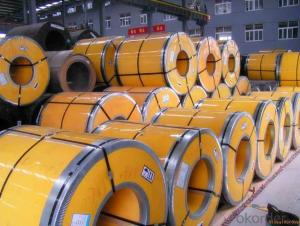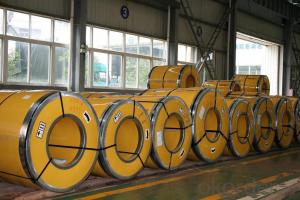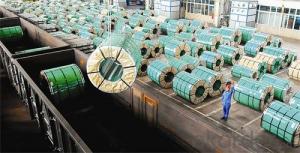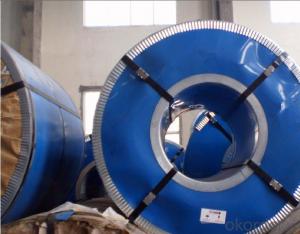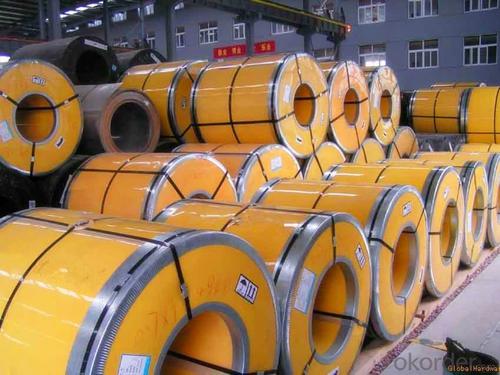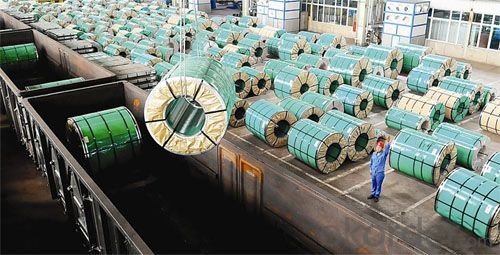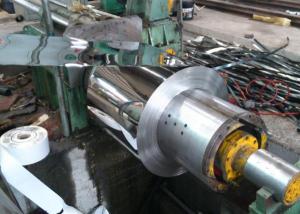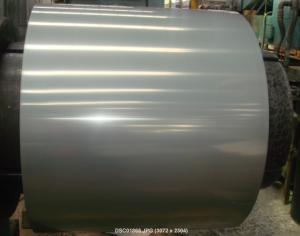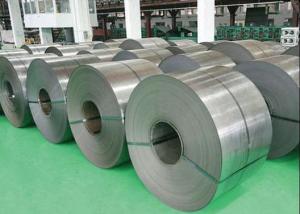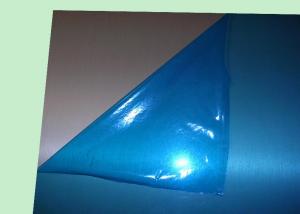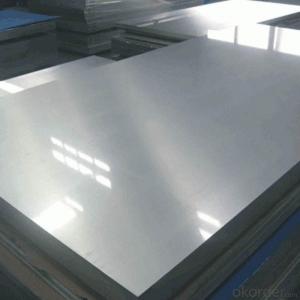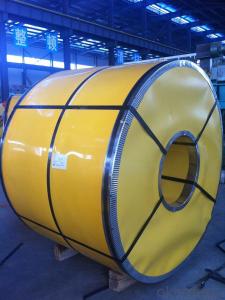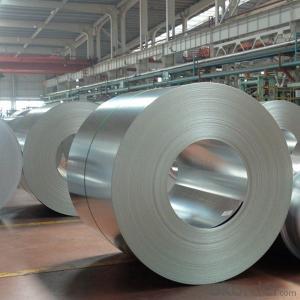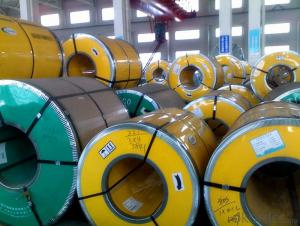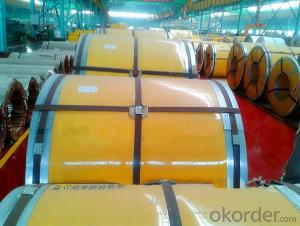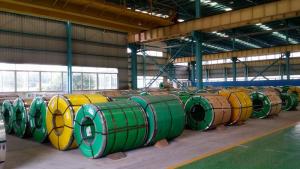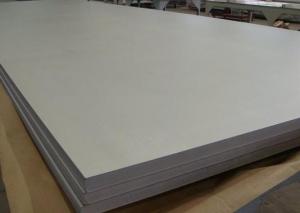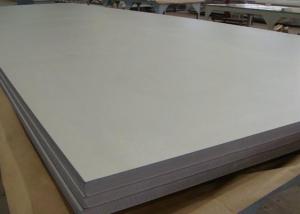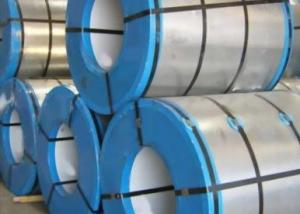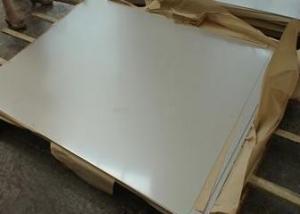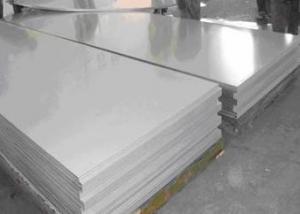Stainless Steel Strip 304 Cold Rolled 2B Finish
- Loading Port:
- Ningbo
- Payment Terms:
- TT OR LC
- Min Order Qty:
- 100 m.t.
- Supply Capability:
- 20000 m.t./month
OKorder Service Pledge
OKorder Financial Service
You Might Also Like
Cold Rolled Stainless Steel Coil 304 Grade 2B Finish
Packaging Detail: standard export packing or as customer's requirements
Delivery Detail: 7-15 days after the order
Standard: | AISI,ASTM,BS,DIN,GB,JIS | Grade: | 304 | Thickness: | 0.3-3.0mm |
Place of Origin: | China Mainland | Brand Name: | CNBM | Model Number: | 304 |
Type: | Steel Coil | Technique: | Cold Rolled | Surface Treatment: | 2B, BA |
Application: | Medical instruments, building, chemical food industry agriculture | Width: | 500-2000mm | Length: | Coil |
finish: | 2B, BA | item: | 304 cold rolled stainless steel coil | density: | 7.93 |
- Q: Can stainless steel strips be used for automotive fasteners?
- Yes, stainless steel strips can be used for automotive fasteners. Stainless steel is a durable and corrosion-resistant material, making it suitable for various automotive applications, including fasteners.
- Q: Are stainless steel strips suitable for outdoor applications?
- Yes, stainless steel strips are suitable for outdoor applications. Stainless steel is known for its excellent resistance to corrosion, making it highly durable in outdoor environments. It is resistant to rust, oxidation, and weathering, making it an ideal choice for applications that will be exposed to moisture, rain, or extreme temperatures. Additionally, stainless steel is also resistant to UV radiation, making it suitable for outdoor applications that are exposed to sunlight. Its strength and durability also make it suitable for outdoor applications that require resistance to wear and tear. Overall, stainless steel strips are a reliable and long-lasting option for various outdoor applications.
- Q: How do stainless steel strips handle exposure to solvents?
- Stainless steel strips generally have good resistance to solvents, as they are highly corrosion resistant and do not easily react with most chemicals. Thus, they can handle exposure to solvents effectively without significant degradation or damage.
- Q: Can stainless steel strips be used in medical devices?
- Yes, stainless steel strips can be used in medical devices. Stainless steel is a commonly used material in the medical industry due to its excellent corrosion resistance, biocompatibility, and ease of sterilization. It is often used in the manufacturing of surgical instruments, implants, and other medical devices.
- Q: Are stainless steel strips resistant to scaling?
- Yes, stainless steel strips are resistant to scaling.
- Q: Can stainless steel strips be used in marine vessel construction?
- Yes, stainless steel strips can be used in marine vessel construction. Stainless steel is highly resistant to corrosion, making it an excellent choice for marine applications. It is able to withstand exposure to saltwater, which is highly corrosive, without rusting or deteriorating. Stainless steel strips can be used in various areas of a marine vessel, including the hull, deck, fittings, and equipment. Its durability, strength, and resistance to corrosion make it a reliable material for constructing marine vessels that can withstand the harsh conditions of the ocean.
- Q: What are the different types of stainless steel strip edges?
- There are several types of stainless steel strip edges, including mill edge, slit edge, round edge, deburred edge, and square edge. Each type has a specific purpose and provides a different level of finish and functionality for various applications.
- Q: Are stainless steel strips suitable for medical equipment?
- Undoubtedly, stainless steel strips are suitable for medical equipment. The utilization of stainless steel is prevalent in the production of medical devices owing to its exceptional properties. First and foremost, stainless steel possesses a high resistance to corrosion, which renders it ideal for medical devices exposed to bodily fluids and sterilization procedures. Moreover, it boasts remarkable strength and durability, enabling the equipment to endure the demands of everyday usage. In addition, stainless steel is non-reactive, ensuring that it does not release any harmful chemicals or substances into the patient's body. This, in turn, establishes it as a safe and hygienic option for medical purposes. Furthermore, stainless steel is easily cleaned and maintained, guaranteeing a superior level of cleanliness and preventing the proliferation of bacteria. All in all, stainless steel strips provide the necessary qualities requisite for medical equipment, making them an appropriate choice within the healthcare sector.
- Q: Can stainless steel strips be used in petrochemical applications?
- Yes, stainless steel strips can be used in petrochemical applications. Stainless steel is known for its excellent corrosion resistance, making it a suitable material for environments with high exposure to chemicals, including petrochemical plants. Stainless steel is capable of withstanding the corrosive effects of petrochemicals, ensuring the integrity and longevity of the equipment. Additionally, stainless steel's high strength and heat resistance properties further enhance its suitability for petrochemical applications. Therefore, stainless steel strips are commonly used in the construction of various petrochemical equipment, such as tanks, pipelines, heat exchangers, and reactors.
- Q: What are the main properties of 111 stainless steel strips?
- The main properties of 111 stainless steel strips include high corrosion resistance, excellent heat resistance, good formability, and high strength. They also have good weldability and are suitable for various applications in industries such as automotive, construction, and aerospace.
Send your message to us
Stainless Steel Strip 304 Cold Rolled 2B Finish
- Loading Port:
- Ningbo
- Payment Terms:
- TT OR LC
- Min Order Qty:
- 100 m.t.
- Supply Capability:
- 20000 m.t./month
OKorder Service Pledge
OKorder Financial Service
Similar products
Hot products
Hot Searches
Related keywords
